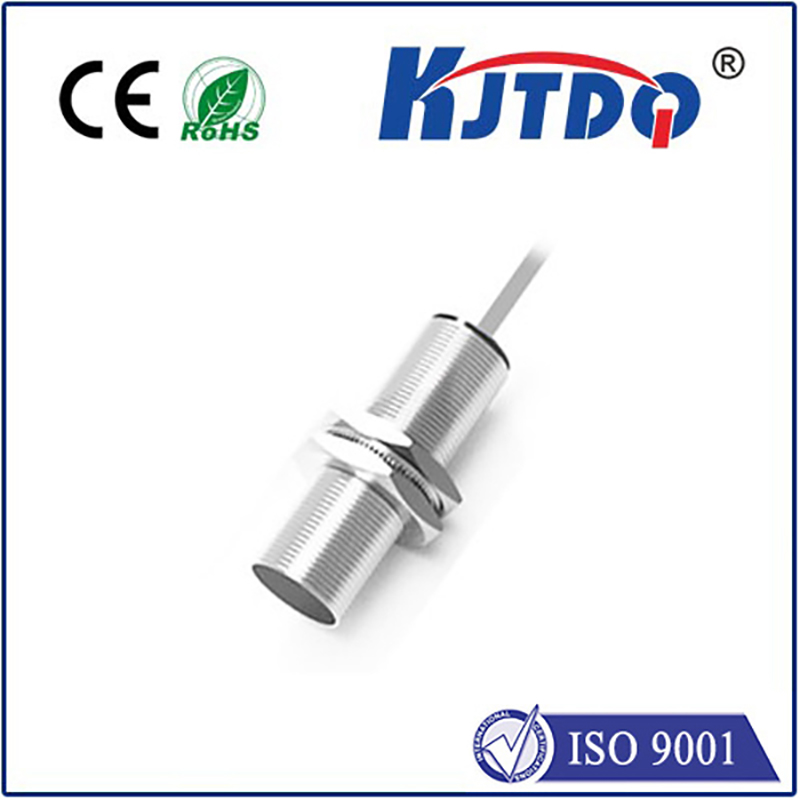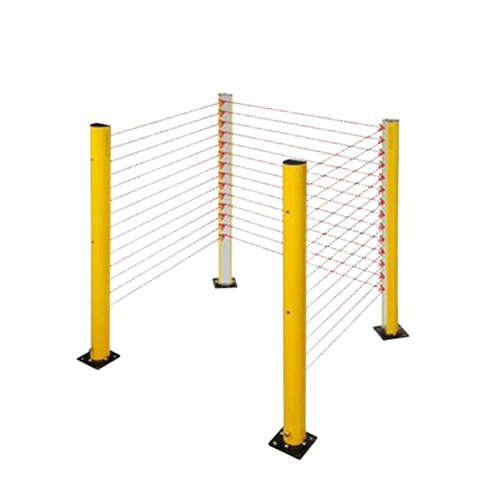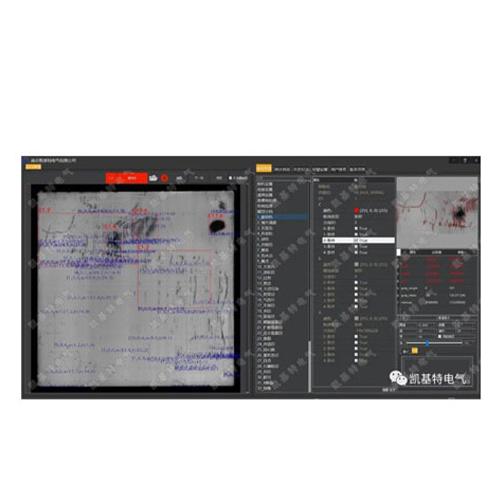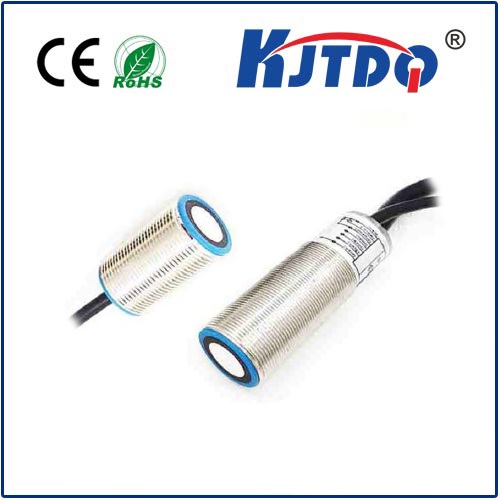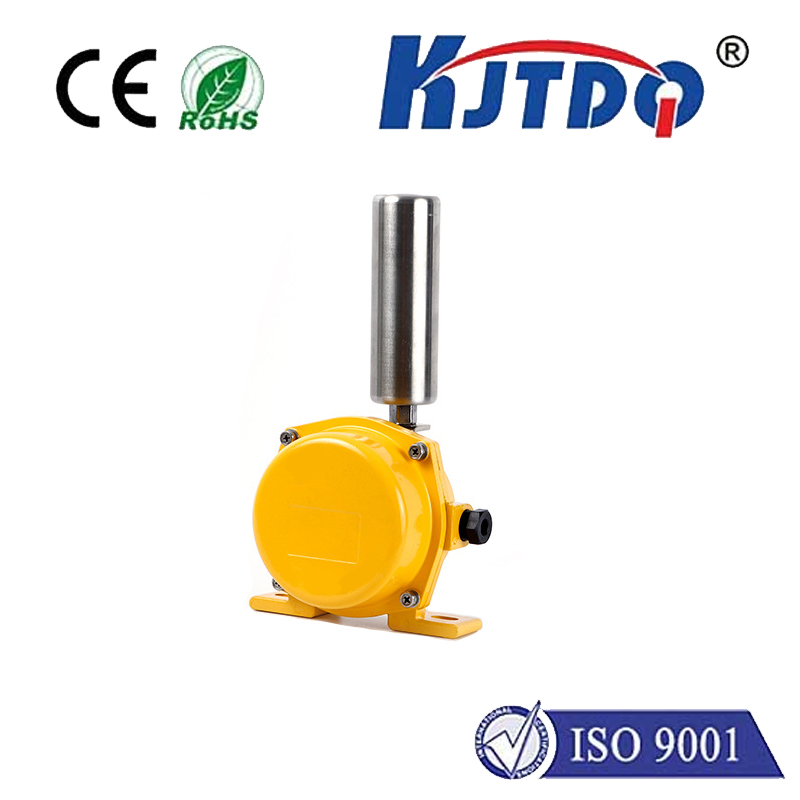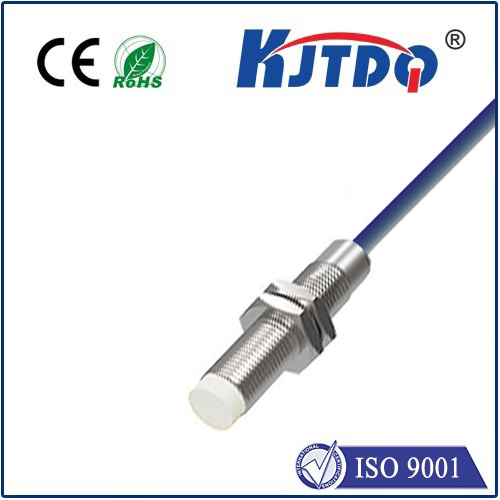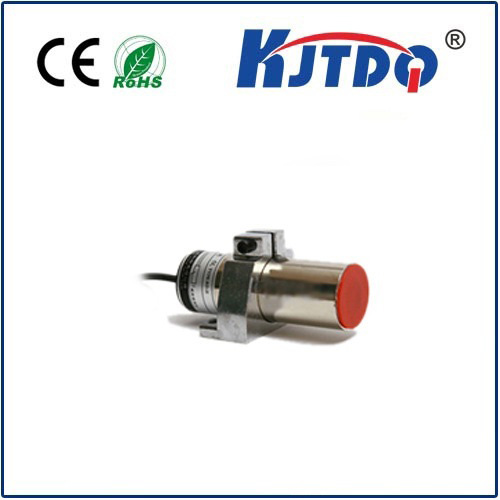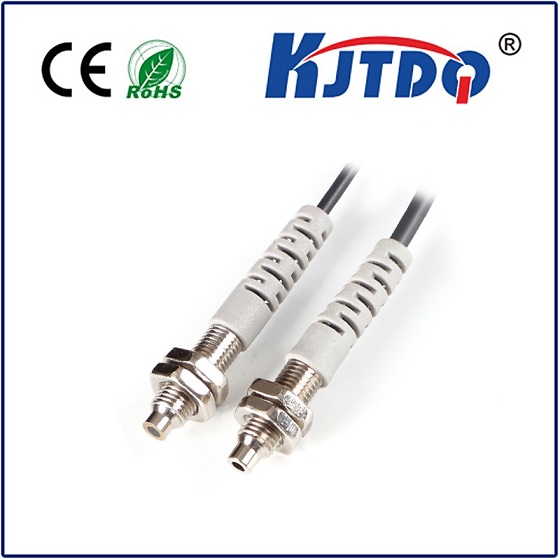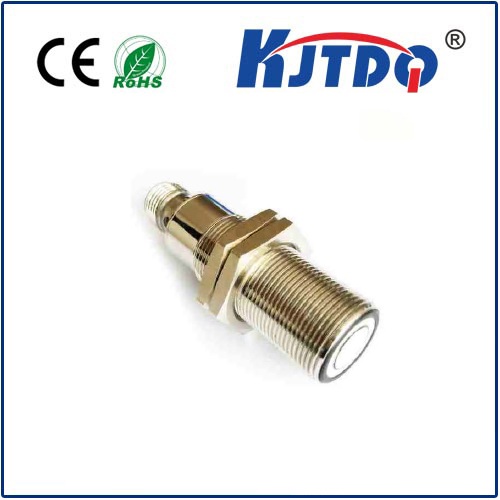

check

check

check

check

check

check

check

check

check

check
As we delve deeper into the realms of technology, one component stands out as particularly innovative and crucial - the sensor proximity PNP. This tiny yet powerful device has transformed the way we interact with our electronic devices, providing a level of control and accuracy that was once unimaginable. In this article, we will explore the intricacies surrounding sensor proximity PNP and examine its various applications in modern technology.
At its core, sensor proximity PNP (Programmable Nonvolatile Memory) is a type of microcontroller chip that allows for precise control over a wide range of sensors. Its ability to sense and respond to changes in proximity provides a level of flexibility and adaptability that is vital in many modern systems. Whether it's tracking the movement of a user's finger on a touch screen or monitoring the temperature inside a car engine, sensor proximity PNP plays an integral role.
One of the key benefits of sensor proximity PNP is its ability to operate autonomously. Once programmed, these microcontroller chips can make decisions based on their own inputs without the need for human intervention. This not only saves time but also eliminates the risk of human error, making them ideal for use in high-precision applications where every second count.
Another significant advantage of sensor proximity PNP is their versatility. These chips can be used in a variety of different devices, from smartphones and tablets to industrial machinery and medical equipment. Their small size and low power consumption also make them ideal for use in battery-powered devices, further increasing their appeal.
In addition to their practical applications, sensor proximity PNPs also offer numerous opportunities for innovation. With their ability to sense and respond to changes in proximity, they can be used in a wide range of creative endeavors, from art installations that respond to the movements of viewers to music compositions that change based on the listener's proximity to certain instruments.
Overall, sensor proximity PNPs are a critical component in modern technology, offering a level of control and precision that was once unimaginable. As we continue to push the boundaries of what is possible with electronics, it is clear that these tiny yet powerful devices will play an essential role in shaping the future.
